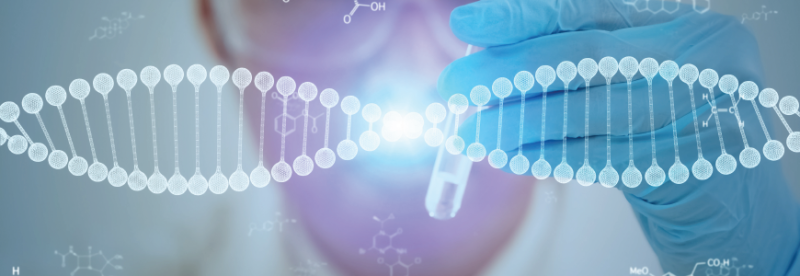
A Duke team has successfully inserted a modified gene into a child’s putamen, a part of the basal ganglia in the brain, to stimulate production of the missing key neurotransmitter dopamine.
Pediatric neurosurgeon Matthew Vestal, MD, performed the procedure on a child with the rare autosomal recessive genetic disorder known as AADC deficiency. These children lack aromatic L-amino acid decarboxylase, a key enzyme needed for the synthesis of dopamine.
Without this neurotransmitter, their development is extremely compromised. These children require lifelong care and have a very short life expectancy. The only therapies available have been medications aimed at stimulating dopamine production, which provide little benefit.
“Only a handful of children in the world have this disease,” Vestal says. “They can’t move, they can’t lift their heads, they can’t even cough, so they get recurrent pneumonias. They have innumerable developmental and mental delays.”
Working as part of an international clinical trial sponsored by PTC Therapeutics (South Plainfield, NJ), a company developing and seeking to commercialize gene therapy products, researchers used gene editing technology to insert the missing dopa decarboxylase gene responsible for AADC deficiency. The researchers inserted the genetic sequence into an adenovirus to take advantage of the virus’ ability to copy that gene into the patient’s DNA. The hope was that the child’s immune system would clear the virus, but leave the inserted gene in the patient’s genome.
In November, Vestal performed the MRI-guided stereotactic surgery over a 12-hour period. “You can’t just take a syringe and inject a volume of drug into the brain,” Vestal says. “This process takes microliters of this viral vector and injects it over long periods of time.”
Last year, PTC Therapeutics received marketing authorization for the treatment—known as Upstaza (eladocagene exuparvovec)—in the European Union and U.K. for patients 18 months or older with a severe phenotype. It is an investigational drug in the U.S.
“This was the perfect population to prove the idea that if you are missing a gene, we can do one-time surgery to insert the gene back into your genome in the spot where you need it in the brain,” Vestal says. “For the first time on earth we have made a gene in the laboratory and injected that gene into the brain of a child who otherwise would have died.”